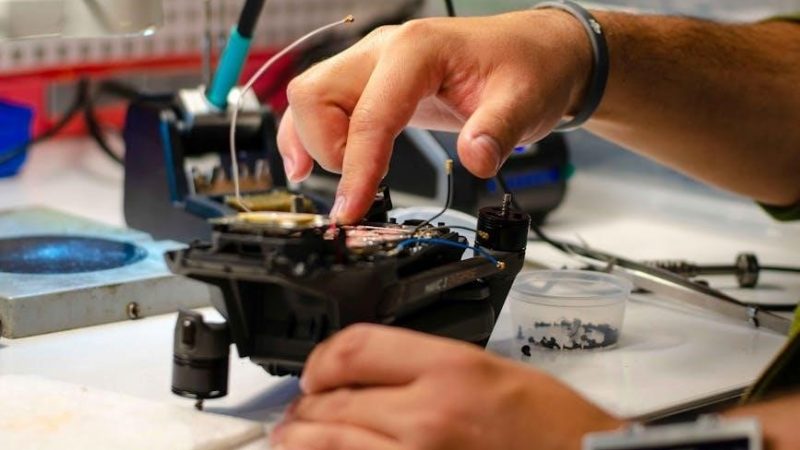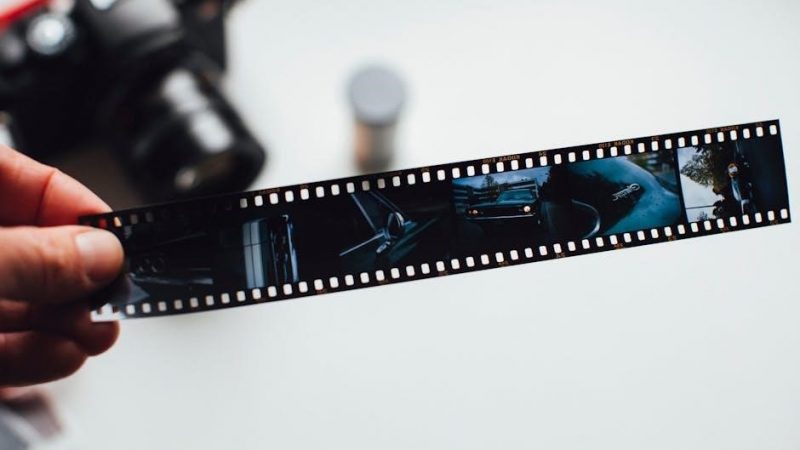canon rebel 2000 manual
Canon EOS Rebel 2000⁚ A Comprehensive Guide
This guide provides essential information for users of the Canon EOS Rebel 2000, a 35mm film SLR camera. It covers locating the manual, understanding key features like exposure modes (Tv and M), autofocus, and metering, plus troubleshooting and maintenance tips for optimal performance and longevity.
Finding the Manual
Locating your Canon EOS Rebel 2000 manual might involve a bit of searching. First, check the original packaging; the manual often resides within the box. If it’s missing, consider checking storage areas where you keep camera equipment and accessories. Online resources are another option. Numerous websites offer camera manuals as downloadable PDFs. Search using the camera model name, “Canon EOS Rebel 2000 manual,” to yield relevant results. Be cautious of unofficial sources and only download manuals from trusted and reputable sites to avoid malware or inaccurate information. Some camera retailers or repair shops might have copies or know where to find them. If all else fails, contacting Canon’s customer support directly may provide additional guidance or direct you to a legitimate source for obtaining a replacement manual.
Downloading the PDF Manual
Downloading a PDF version of the Canon EOS Rebel 2000 manual offers convenience and accessibility. Begin by conducting a web search using specific keywords like “Canon EOS Rebel 2000 manual PDF download.” Reputable sites offering manuals for download include Canon’s official support website, or large online retailers that sell cameras. Once you’ve located a trustworthy source, click the download link and save the file to your computer. Ensure you have a PDF reader installed (like Adobe Acrobat Reader) to open the downloaded file. Many websites provide direct links to PDF manuals; however, some might require registration or a small fee. Always verify the legitimacy of the website before downloading to prevent downloading malware or incorrect information. After downloading, you can easily access the manual from your computer, tablet, or smartphone. This allows you to reference it anytime, anywhere, without needing a physical copy.
Manual Availability and Locations
The Canon EOS Rebel 2000 manual is available through various channels. Canon’s official website is the primary source, offering digital downloads in PDF format. This ensures authenticity and accuracy. However, the website may require account registration. Alternatively, numerous third-party websites specializing in camera manuals may host the document. Exercise caution when using such sites, verifying their legitimacy before downloading to avoid malware. Online marketplaces like eBay or Amazon sometimes include the manual as part of a used camera listing or as a separate item. Used bookstores or camera shops might also have physical copies available, though availability is not guaranteed. Libraries with extensive technical collections may also possess a copy; however, borrowing might require a library card. Finally, online forums or communities dedicated to Canon cameras often have members who can share links or scans of the manual, but confirm its authenticity before using any information.
Understanding Key Features
The Canon EOS Rebel 2000 offers essential features for capturing quality photographs. Explore its exposure modes, autofocus system with multiple points, and metering system with exposure compensation options for creative control.
Exposure Modes⁚ Tv and M
The Canon EOS Rebel 2000 provides two crucial manual exposure modes⁚ Tv (Shutter-priority Auto) and M (Manual). In Tv mode, you select the shutter speed using the dial, and the camera automatically determines the appropriate aperture for proper exposure. This is ideal for situations where you need to control motion blur, such as freezing action or creating a sense of movement in waterfalls. Experiment with different shutter speeds to achieve your desired effect. Remember that faster shutter speeds freeze motion, while slower speeds blur it.
The M (Manual) mode grants complete creative control. You set both the shutter speed and aperture. This offers maximum flexibility for fine-tuning exposure based on lighting conditions and your artistic vision. Mastering manual mode allows for precise control over depth of field and overall image brightness. Understanding the interplay between shutter speed and aperture is key to achieving your desired results in manual mode. Practice is essential to developing a feel for how these settings interact.
Autofocus System and Focusing Points
The Canon EOS Rebel 2000 employs a sophisticated autofocus (AF) system to ensure sharp focus in various shooting scenarios. Understanding its capabilities is crucial for capturing clear images. The camera features a multi-point autofocus system, typically with seven focusing points, strategically arranged across the viewfinder. These points allow you to select the area you want the camera to focus on, ensuring your subject is crisp and in focus, even within complex compositions. The selection of the focus point is usually done via the viewfinder and a corresponding selector button on the camera body.
Different autofocus modes are available, such as One-Shot AF (ideal for stationary subjects), AI Servo AF (best for moving subjects), and AI Focus AF (automatically switches between One-Shot and AI Servo). Choosing the correct AF mode is essential for achieving sharp focus. Experiment with these settings to see which one works best for various subjects and shooting situations. For optimal results, ensure sufficient lighting and contrast for accurate autofocus performance. The camera’s autofocus system works best in well-lit conditions with clear subject definition.
Metering System and Exposure Compensation
The Canon EOS Rebel 2000 utilizes a sophisticated metering system to determine the correct exposure for your photographs. Understanding how this system works is crucial for achieving well-exposed images. The camera typically employs a multi-segment metering system, also known as Evaluative metering, which analyzes various areas of the scene to determine the overall exposure. This system is highly effective in diverse lighting conditions and ensures accurate exposure in most situations. However, in challenging lighting conditions or with unusual subject matter, you may need to adjust the exposure.
Exposure compensation allows you to fine-tune the exposure determined by the metering system. This is particularly useful when shooting scenes with high contrast or predominantly bright or dark areas. Positive exposure compensation brightens the image, while negative compensation darkens it. The adjustments are usually made in increments of one-third or half a stop, providing fine control over the overall exposure. Experiment with exposure compensation to achieve the desired brightness and tonal balance in your photos. Mastering exposure compensation is key to achieving consistently well-exposed images, regardless of the lighting conditions.
Troubleshooting and Maintenance
This section addresses common Canon EOS Rebel 2000 problems and their solutions, along with essential camera care and cleaning instructions to ensure optimal performance and image quality.
Common Issues and Solutions
The Canon EOS Rebel 2000, while a reliable camera, can experience certain issues. One common problem is blurry images, often caused by incorrect focusing or insufficient light. Ensure the lens is properly attached and clean, and use a faster shutter speed in low-light conditions or consider a tripod for stability. Another potential issue is inaccurate exposure. Double-check the metering mode and consider using exposure compensation if needed to adjust brightness. If the camera malfunctions entirely, examine the battery and ensure it’s correctly installed and charged. If problems persist after these checks, refer to the official Canon EOS Rebel 2000 manual for more in-depth troubleshooting guidance or seek professional assistance. Properly cleaning the camera’s lens and sensor will prevent dust and debris affecting image quality. Additionally, check for any physical damage to the camera or lens that might be interfering with proper functioning. Remember to always handle the camera with care to prevent accidental damage. Consistent maintenance will help extend the lifespan and performance of your Canon EOS Rebel 2000.
Camera Care and Cleaning
Maintaining your Canon EOS Rebel 2000 involves regular cleaning and careful handling. Begin by gently wiping the camera body with a soft, dry microfiber cloth to remove dust and fingerprints. Avoid using harsh chemicals or abrasive materials that could scratch the surface. For cleaning the lens, use a specialized lens cleaning pen or blower brush to remove loose dust particles. Then, use a lens cleaning solution and a microfiber cloth to gently wipe the lens elements in a circular motion. Be mindful of the delicate nature of the lens and avoid applying excessive pressure. Never touch the lens elements directly with your fingers, as this can transfer oils and smudges. For the camera’s sensor, use a sensor cleaning kit designed for film cameras or seek professional cleaning services. Avoid storing the camera in excessively humid or dusty environments. When not in use, store it in a protective case or bag to prevent accidental damage and dust accumulation. Regular checks for any signs of wear and tear, such as loose parts or scratches, are also recommended. Proper care will ensure your Canon EOS Rebel 2000 remains in optimal condition for many years.




